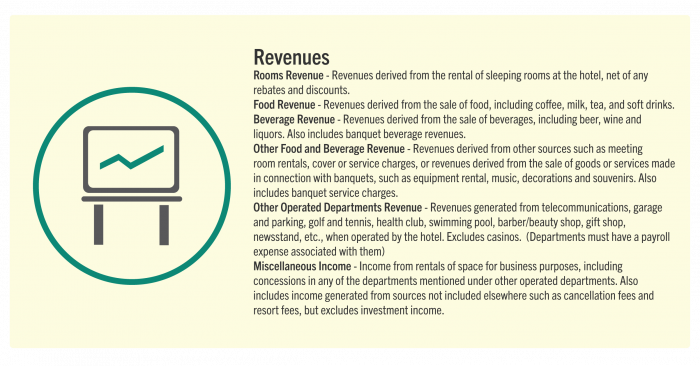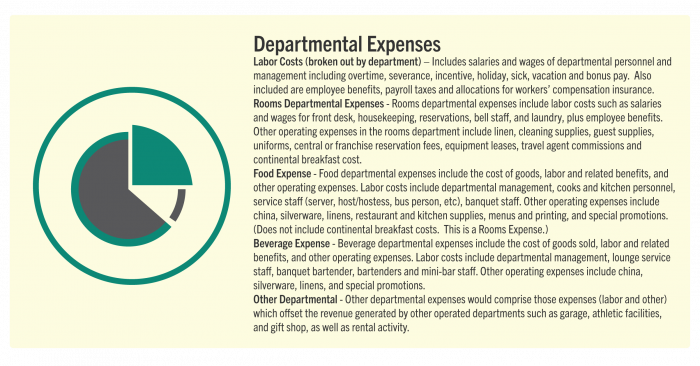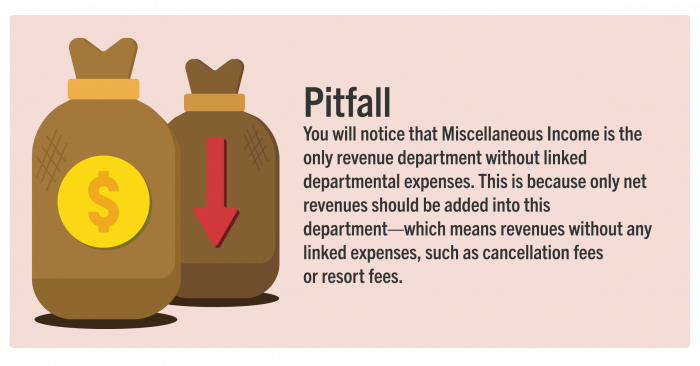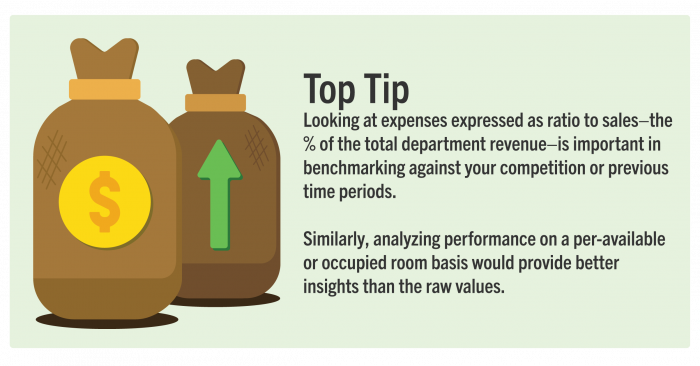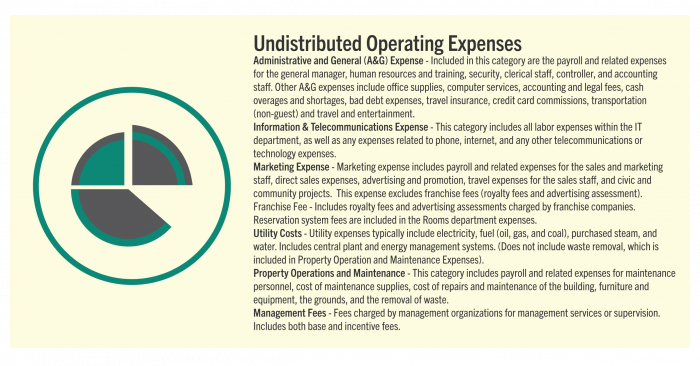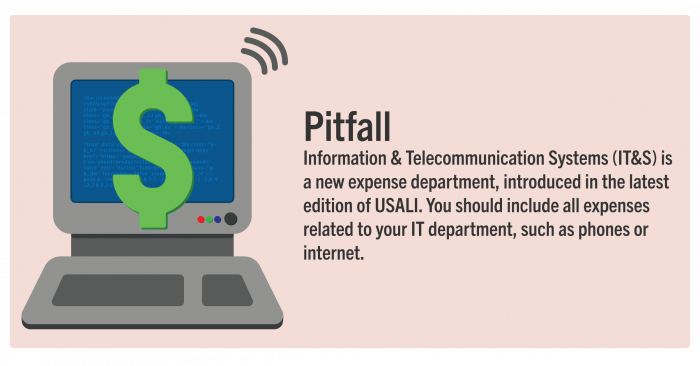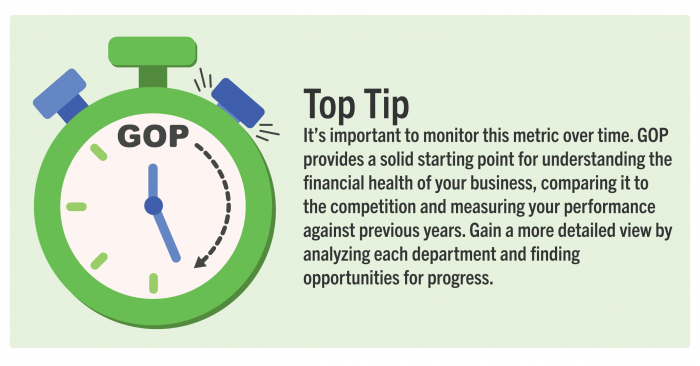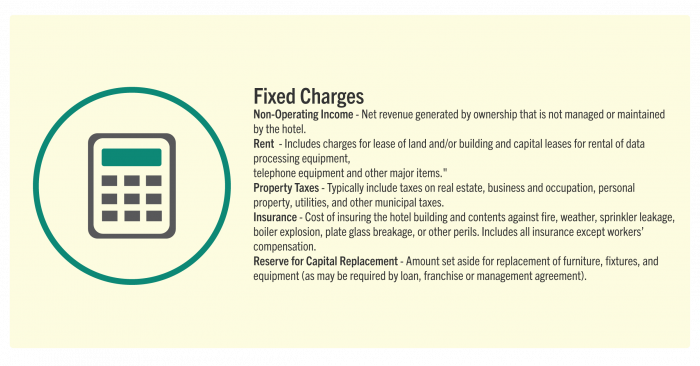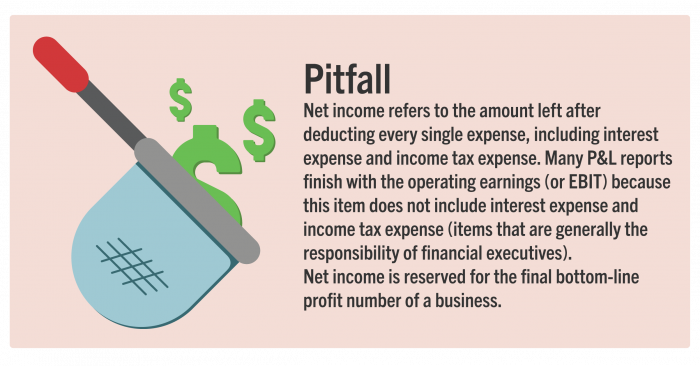Key to understanding your hotel’s profitability, your P&L statement outlines your profits or losses over a given time period—as the name suggests. If you’re unfamiliar with the role P&L plays in a hotel or would benefit from examples of profitability in practice, we’ve covered those in earlier articles.
However, if you’re ready to move onto analyzing your P&L statements and gaining insights into your hotel’s profitability, the below article should guide you on how to read your statement. Plus, we’ll point out some common pitfalls and offer some tips along the way.
A brief recap of the P&L statement
One of the three key financial statements, profit and loss tells the narrative of your business over a specific period of time. For most hoteliers, accounting software automates reporting for their properties and provides quick insight to income and other financial areas.
The key question is what you do with the numbers provided by your system? How do you read this data? In order to understand the numbers, you need to have a handle on the document structure. This is the way to P&L statement success, at least from an analysis perspective.
How to analyze your P&L statement?
A significant proportion of the hospitality industry follows guidelines laid out in the Uniform System of Accounts for the Lodging Industry (USALI), now in its 11th edition. This is what we use at STR to enable apple-to-apple comparisons when receiving P&L data from our clients.
So, we will use these guidelines to talk you through a typical hotel P&L statement. All USALI-based statements look alike, so once you can read one then you’ll be able to read them all. Now, let’s have a look at the structure of this report:
Revenues
Revenues represent the amount of income generated by your property’s in-house and outside guests, the full list of revenue sources consists of:
